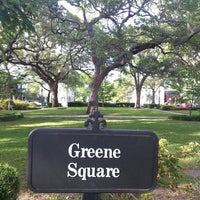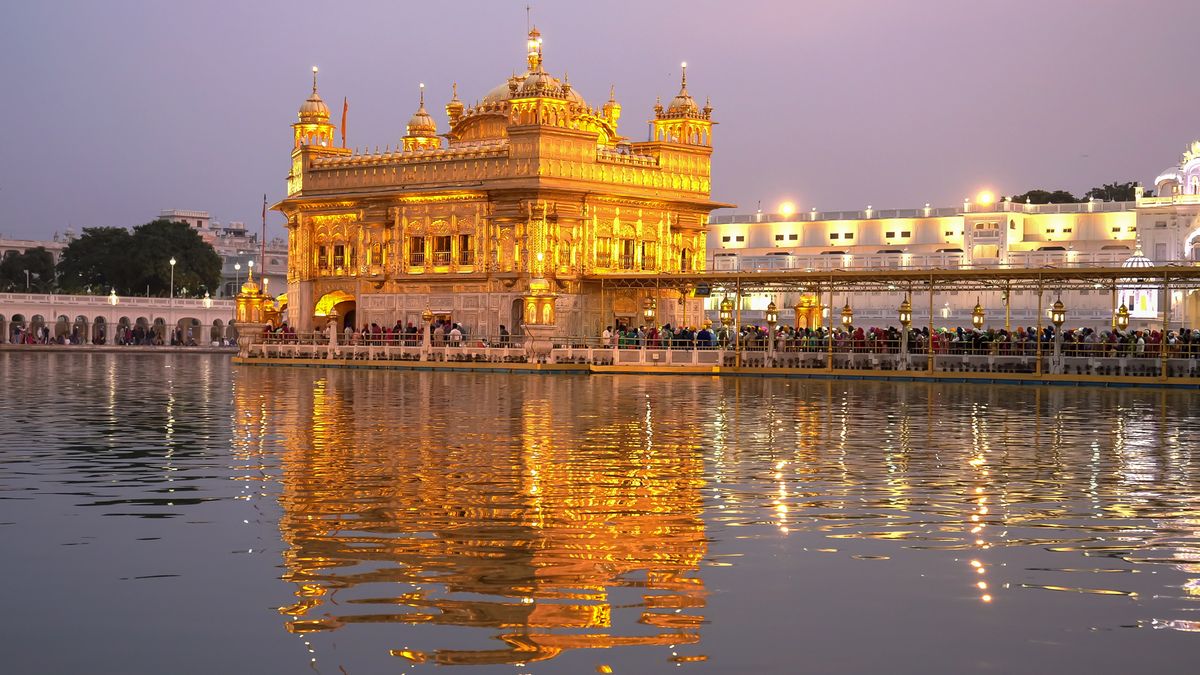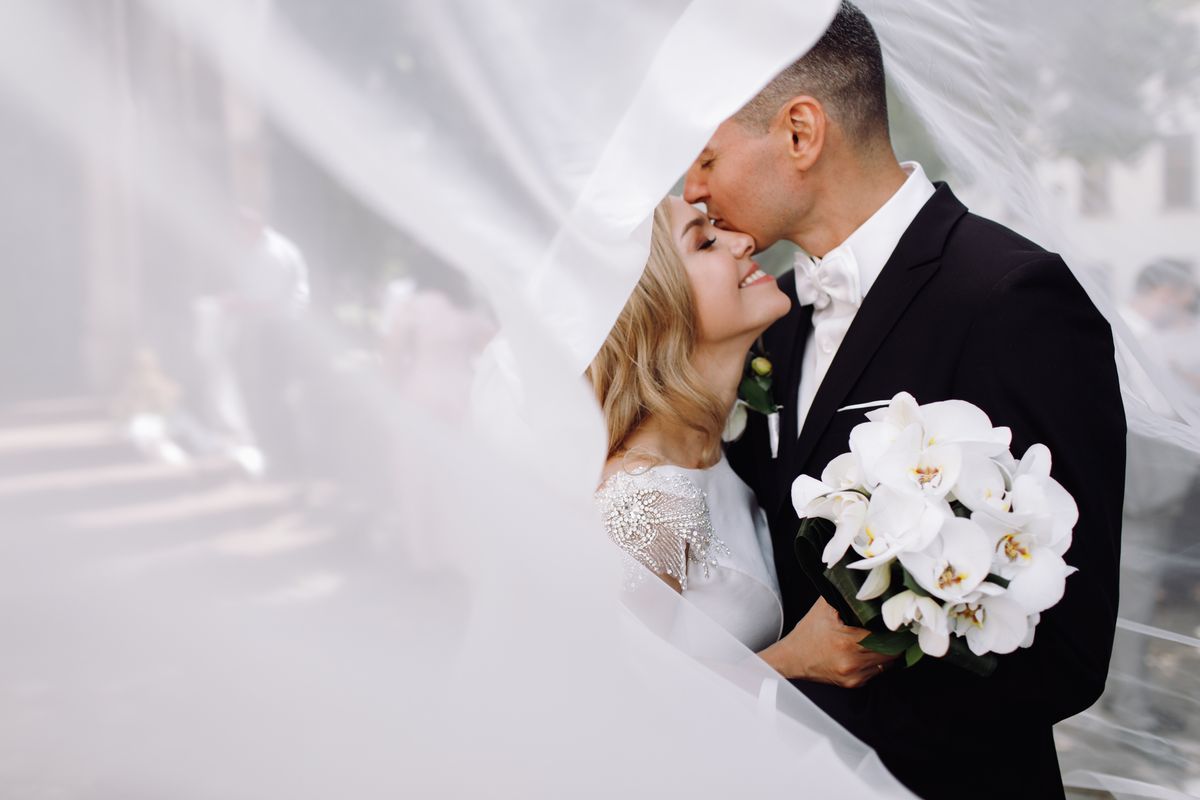See all Restaurants in Savannah
Greene Square
Greene Square, Savannah, GA 31401, USA Cuisines: AmericanAbout
Greene Square, Established in 1799, this square was named to honor General Nathanael Greene, second in command to General George Washington in the American Revolutionary War. The square is on Houston Street, between three convening streets -- York, State (originally named "Prince Street"), and President (originally named "King Street" prior to the American Revolutionary War). The Second African Baptist Church, dating to 1802, is on the west Trust Lot of the square. At this church site with Edwin M. Stanton, Secretary of War, Major-Gen. William Sherman announced the famous "Forty Acres and a Mule" to the newly freedmen. On January 12, 1865 when black ministers met with Stanton & Sherman this was reported: "John Cox, aged fifty-eight years, born in Savannah; slave until 1849, when he bought his freedom for $1,100. Pastor of the 2d African Baptist Church. In the ministry fifteen years. Congregation 1,222 persons. Church property worth $10,000, belonging to the congregation." [20] On the Southeast corner, Savannah Gray Bricks were used in the construction of 521 East York Street. A sign on the house notes that the bricks were made at the Hermitage Plantation on the Savannah River. At the corner of Houston and State streets is the 1810 Cunningham House built for Henry Cunningham, the first pastor of the Second Colored Baptist Church (now Second African Baptist Church located on Greene Square). He was born a free man in McIntosh County, Georgia in 1759. 502-512 East State Street were built in 1890. 542 East State Street is the home built for free blacks Charlotte and William Wall (ca. 1818). 124 Houston Street is a clapboard house built in 1815 by Isaiah Davenport, a builder, who came to Savannah from Rhode Island. Another Isaiah Davenport home is now a house museum on Columbia Square. 117 – 119 Houston Street (ca 1810) is believed to be one of the early paired houses in the city, later used as the Savannah Female Orphan Asylum. Featured as one of Savannah "tiny" houses and painted in the red color often used on 18th Century wood homes in Savannah, 536 East State Street was built for John Dorsett in 1845. It had originally been located on Hull Street but was moved to this location in order to save it. 513 East York Street, is a little two-story cottage built in 1853 for the estate of Catherine DeVeaux, a decendant of Jane DeVeauxes. Jane Deveauxes who was sent to the North for an education, but returned to establish a secret school from her home at St. Julian and Price streets from 1847 until after the Civil War. Along with another teacher of African students, Mary Beasley, Jane DeVeauxes was a member of Second African Baptist Church on Greene Square. Jane Deveaux’s school is generally regarded as having been the longest lived, approaching 30 years, and was in existence when General Sherman arrived in late 1864. At 548 East President Street is Green Palm Inn [21], built as a seaman's cottage, now one of Savannah's top-rated historic breakfast inns.





